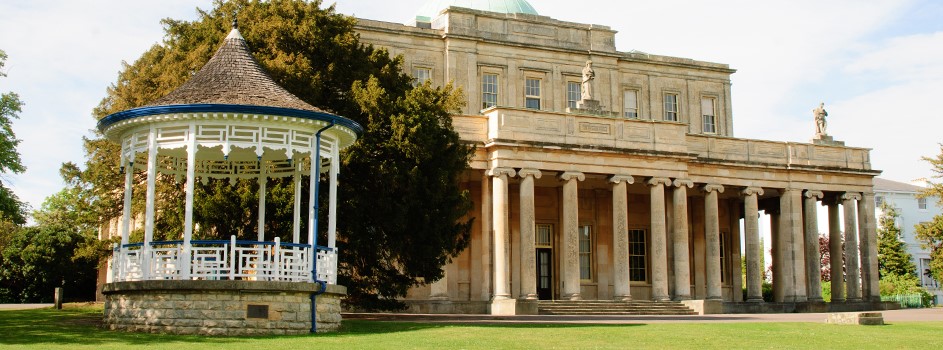
Many of us dream of owning a chocolate-box cottage (myself included). But while the idea may seem very appealing, living in a listed property is not always plain sailing. Surprisingly the total number of listed buildings is not known, as one single entry on the National Heritage List for England (NHLE) can sometimes cover a number of units, such as a row of terraced houses. However, National Heritage List for England estimate that there are around 500,000 listed buildings. Approximately there are 2,500 of them that are located in Gloucestershire, there is always some concern over buying a listed property so should you do it? Here at CGT have decided to separate fact from fiction!
What is a listed building?
A listed building is one that has been placed on the Statutory List of Buildings of Special Architectural or Historic Interest. The Department of Culture, Media and Sport (Listing, Archaeology and World Heritage branch) add or remove buildings from this list. This process is guided by English Heritage. They are the “public body that looks after England’s historic environment” helping people to understand, value and care for them. You can view their website here. To obtain a place on the list a building must be considered of national importance and therefore worth protecting.
Why are buildings listed?
A listed status can protect buildings that are of historical or architectural interest from damage and inappropriate alterations, that may detract from their special interest. Listed buildings are allocated extra legal protection within the planning system due to their importance. There are restrictions on a listed building, I.E it may not be demolished, extended, or altered ect without permission from the local planning authority. According to English Heritage, “The older a building is, the more likely it is to be listed.” In fact, all buildings, if close to their original condition and built before 1700 are listed, as are the majority of buildings constructed between 1700 and 1840. To be eligible a building must usually must be over 30 years old.
Categories of Listed Buildings
Listed buildings come in three categories of ‘significance’:
Grade I for buildings of the highest significance, examples in Cheltenham include the Pittville Pump Room which is classed as a Grade I listed.
Grade II* and Grade II. 92% of all listed buildings are Grade II, so if you are buying a listed property it is likely to be Grade II listed.
So Should You Buy One?
There is no question that a listed building potentially presents more problems than a new home. But owners of listed properties say it’s the same as owning a vintage car. It may need more servicing but every time you look at it, you feel a little surge of pride and pleasure!
